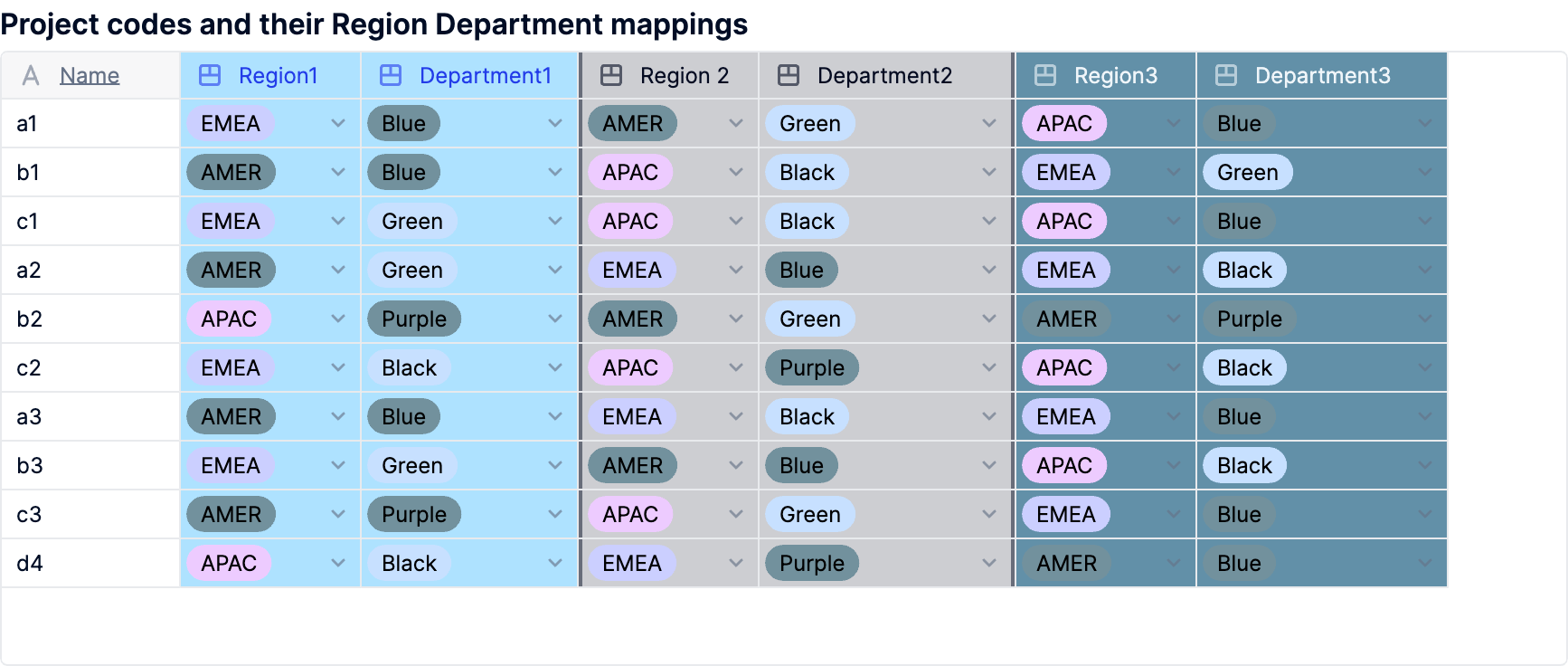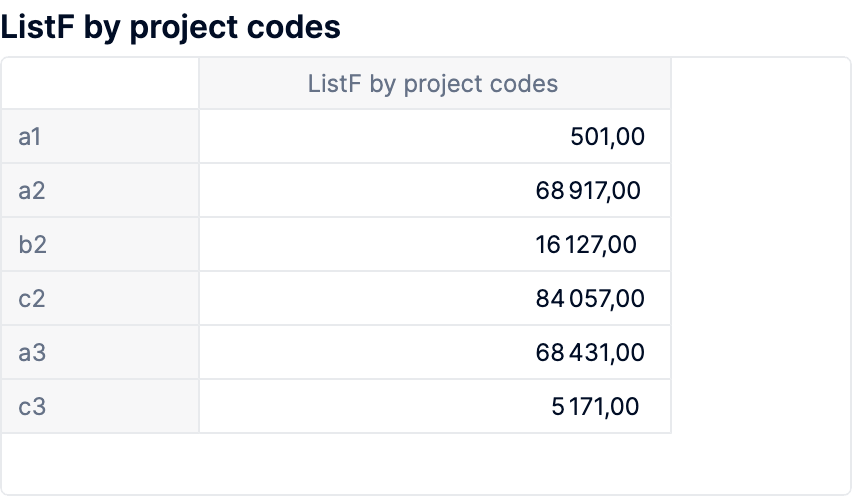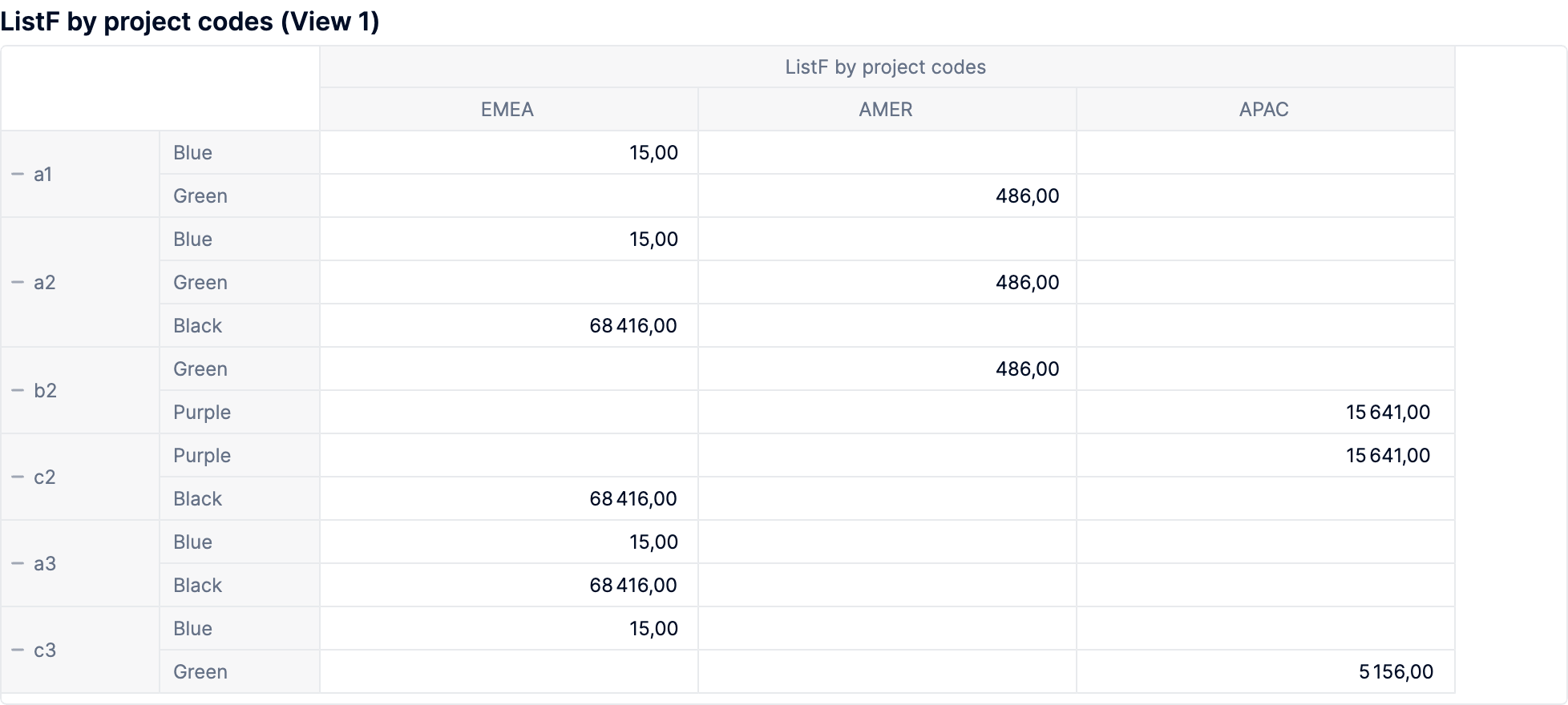How can you adapt the index match function in a transaction list to handle a many-to-many relationship, where a combination of 'Region' and 'Department' might correspond to multiple 'Project Codes' and vice versa?
For example, both Region '1' and Department 'A' could be linked to multiple Project Codes, and a single Project Code could be applicable to various combinations of Regions and Departments. What techniques or formulas can we use to index match on these two properties simultaneously while managing such a many-to-many relationship?
Best answer by Benoit
View original








